

Japan

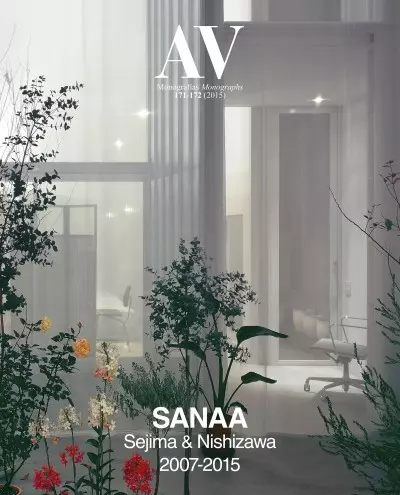

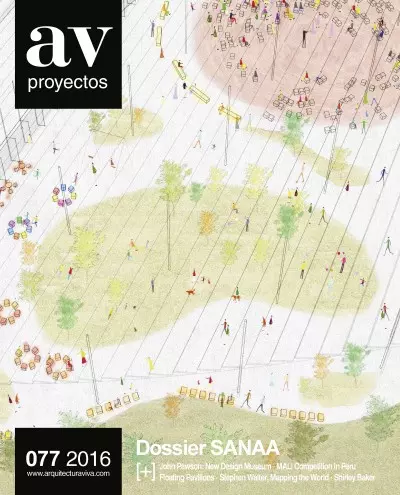

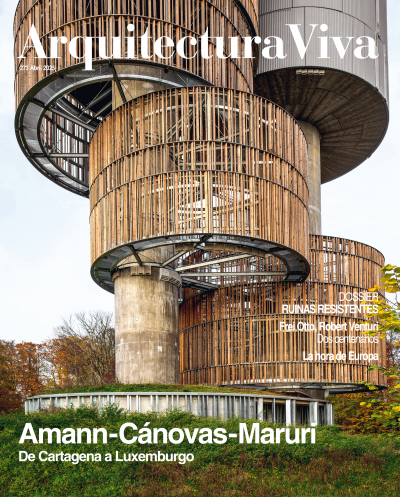
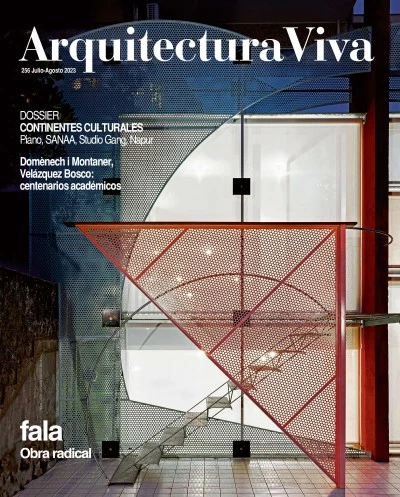
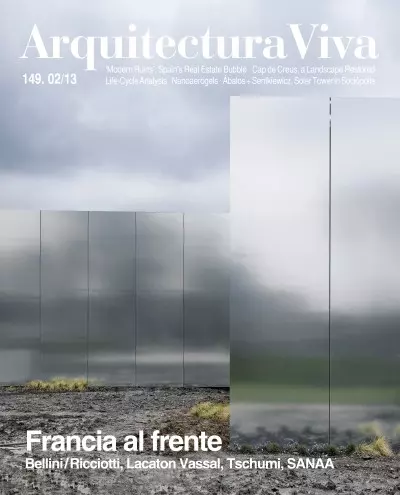

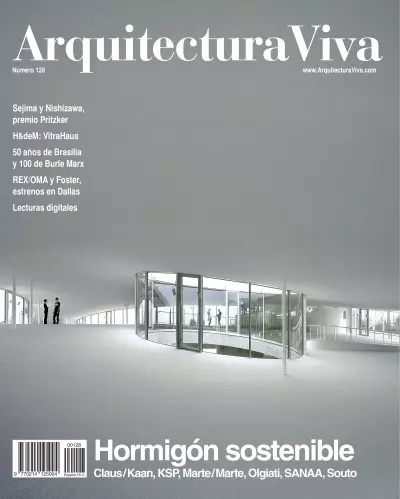

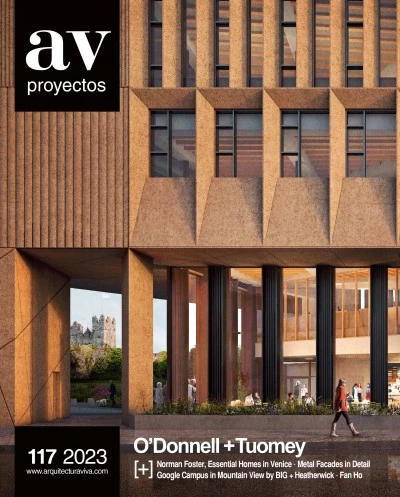
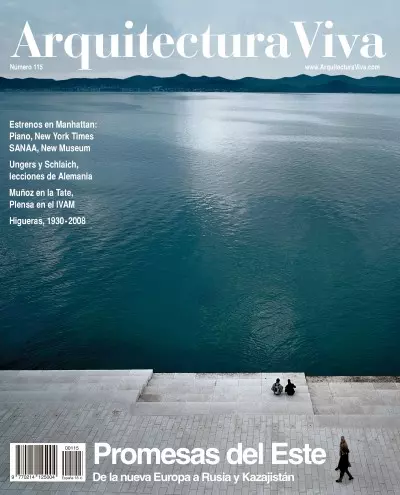
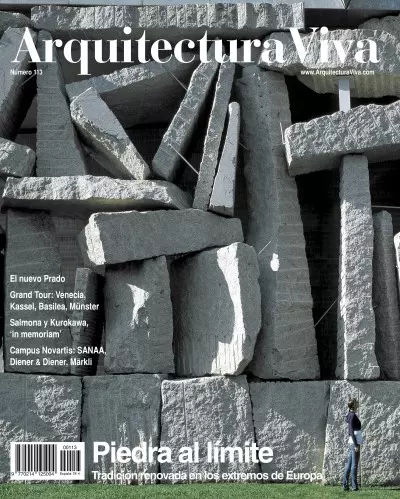



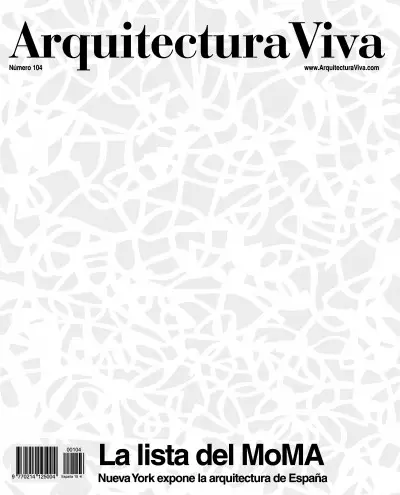

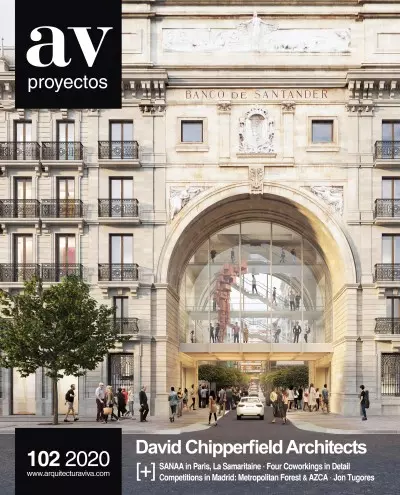
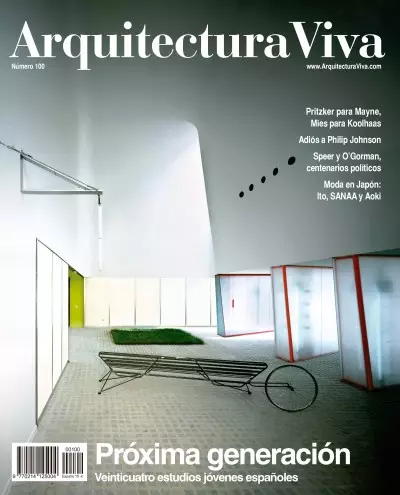

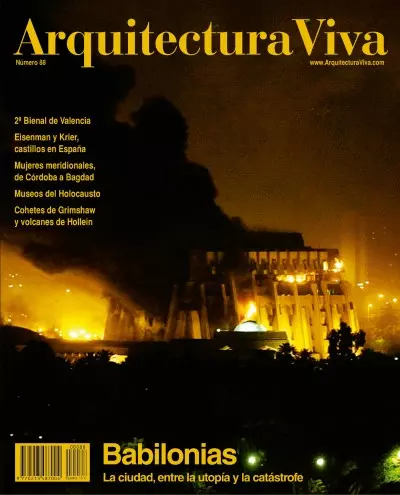

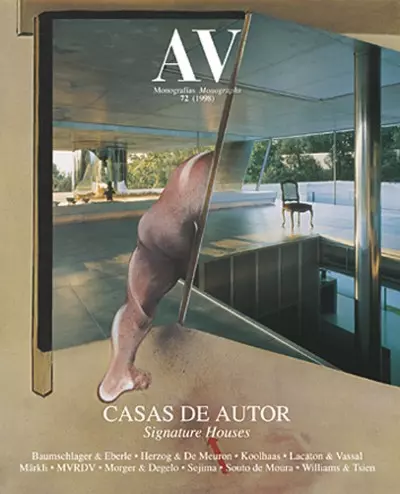
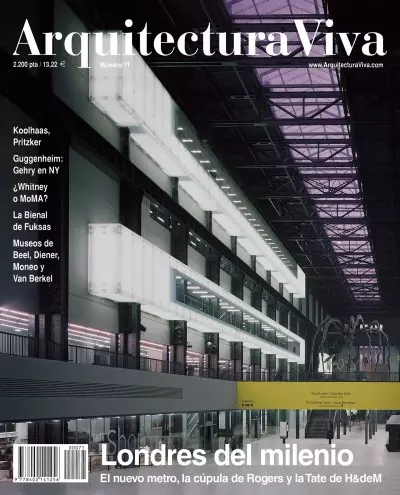
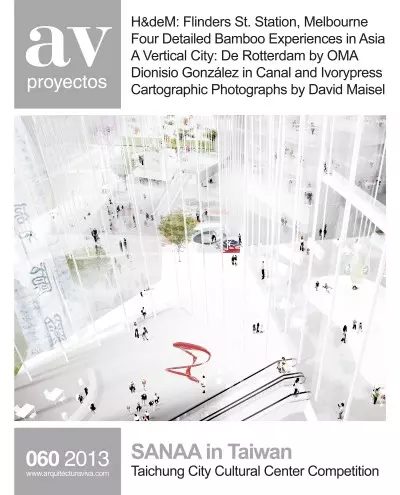
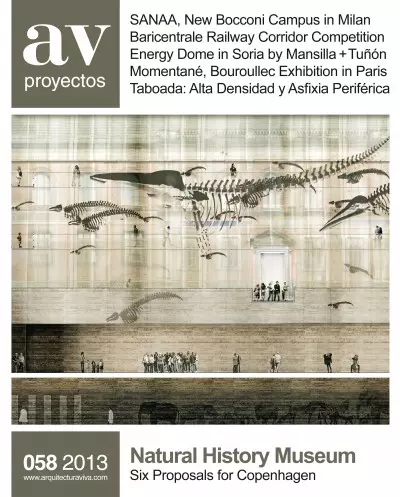

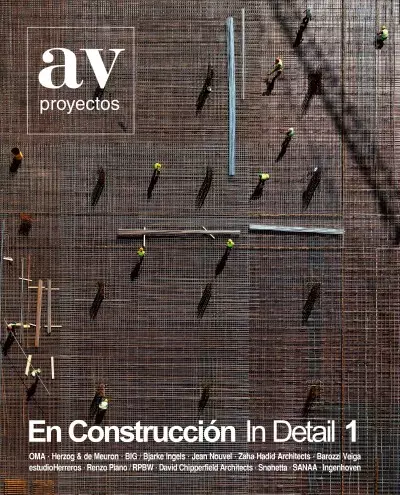
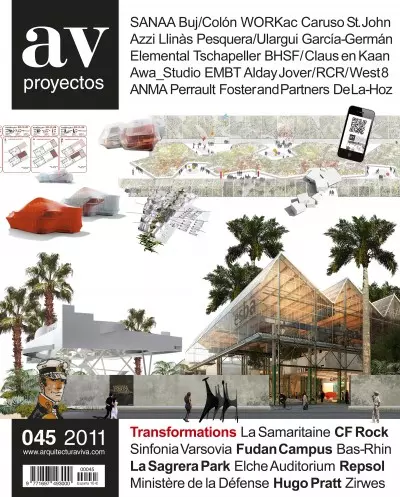
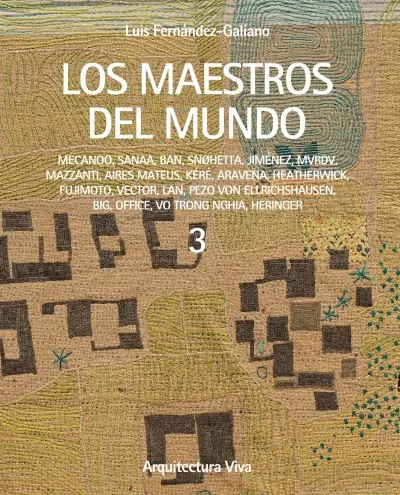


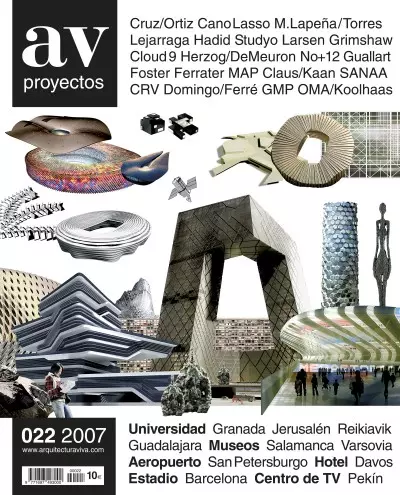

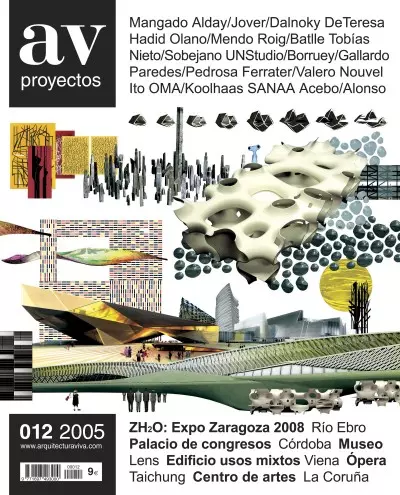
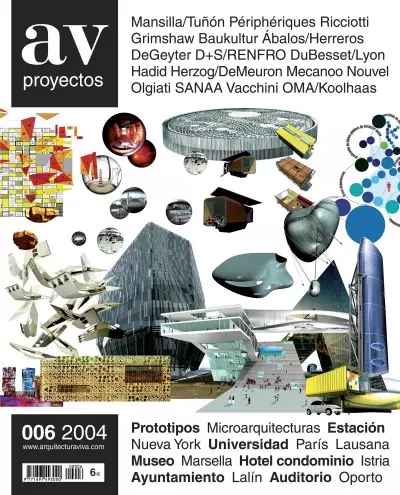
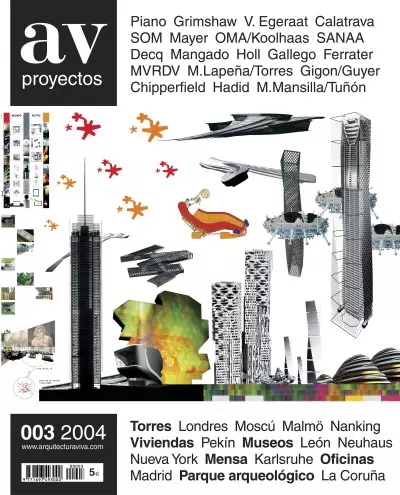

The Victorian building of one of the country’s principal art institutions has now been enlarged with a cluster of interconnected pavilions that go about adapting to the topography of the site.
The new campus of the Bezalel Academy of Arts and Design sits atop a hill in Jerusalem’s Russian Compound, one of the oldest neighborhoods in the city center. The school’s traditionally separate nine departments contain studios, classrooms, workshops
The Japanese firm SANAA – Kazuyo Sejima and Ryue Nishizawa – has been commissioned to build a campus for the Italian supermarket chain Esselunga. The site is is an abandoned industrial zone in Limito di Pioltello (Milan), where the company’s administ
The Garage, Moscow’s most important contemporary art center, has unveiled the Japanese firm SANAA’s scheme to expand its facilities: the reconstruction of the Hexagon, a ruined 1920s construction beside the museum in Gorky Park. The Garage, which ope
Fifteen years and 280 French companies have taken part in the reconstruction, reshaping, and renovation of La Samaritaine in Paris. The history of this department store dates back to 1870, when Ernest Cognacq opened at the junction of Pont-Neuf and M
A result of the international call for ideas convened by Bocconi University to extend its facilities in Milan, the project for the new campus sits on grounds located south of the current university campus, between a park and the urban environment clo
The Japanese firm SANAA, founded by Kazuyo Sejima and Ryue Nishizawa, has won the competition to build the Maritime Museum in the Dapeng area of the city of Shenzhen. Its scheme, titled ‘The Cloud on the Ocean,’ was one of 88 entries that came from 2
New images have been released of the currently-under-construction Sydney Modern Project of SANAA, the joint practice of Kazuyo Sejima and Ryue Nishizawa. This is the Japanese firm's first work in Australia and completion is programmed for 2022. The f
The emblematic spaces of the Arriaga and Chillida squares are enhanced by floating elements, which favor traffic and accessibility by providing covered resting spaces. Euskadi Square is renovated to become a welcome point to the site... [+]
On a busy crossing, a series of roofs of different sizes adapt to the natural contours of the terrain and extend the Art Gallery of New South Wales, respecting the views and the existing trees while connecting the whole area via a large plaza. Betwe
The museum’s extension consists of several pavilions with sloping roofs that follow the layout of the original museum, a complex surrounded by nature and immersed in a Japanese garden with a gallery for outdoor exhibitions... [+]
The project is understood as an extension of the park rather than as a building itself. The open ground level and the slightly sloping stacked terraces that configure the museum ensure that the complex can be accessed from any given point. The roofs
The new town hall building will go up on the site of the former, which suffered damage in the earthquake of 2011. The building is organized in two parts: a block of offices and meeting rooms, and a semiopen vaulted space with a varied program... [+]
Aiming to promote interaction and communication between the different academic departments and students, the programs are organized in terraces, with stacked slabs that let natural light flood the interior spaces... [+]
Rising on the site where the former cultural center used to stand, the new building seeks to blend in the context of wood houses of the historic center; the fragmentation of the roof manages to reduce the visual impact of the large volume...
The refurbishment of the Parisian department stores creates a passageway that crosses the urban block linking three courtyards and establishing a connection between the historic facade towards the Seine and a new wavy one towards Rue de Rivoli.
Silent and exquisite, a silvery serpentine rooftop slithers down the gentle hillslopes of an estate in Connecticut to be home to a complex devoted to faith, education, and the arts.
A light glass facade wraps the new museum, transformed into a winter garden where the public program spaces are surrounded by local vegetation; the structure is minimized to stress the transparency and permeability of the building...
SANAA has in the end carried the day over Snøhetta in the competition for the commission to put Hungary’s National Gallery, with its collections dated between 1800 and 1950, and the Ludwig Museum of Contemporary Art, covering the period from 1950 to
Terasaki house is in a residential area in the suburbs of Tokyo, sitting on an elongated site on the north-south axis. The slope on the north boundary, with a 5 meter drop, opens up the site to the splendid views of the buildings below, and to a near
Set out by the architect as a reflection on density, the Towada Art Center, located in a small city north of Honshu Island, is constituted by sixteen volumes that create an urban landscape that is independent but in tune with the fragmentation of the
The Taiwanese city of Taichung, third by population size after Taipei and Kaohsiung, seeks to increase its international presence through the promotion of art and culture. Located in the Gateway Park area – a new landscape and cultural precinct in th
In 2009, the Serpentine Gallery in London commissioned the design of its ninth summer pavilion to Sejima & Nishizawa. Located in Kensington Gardens, the structure was constructed as an undulating aluminum sheet resting on light metallic columns float
The Japanese studio SANAA, led by Kazuyo Sejima and Ryue Nishizawa, has been awarded the Royal Gold Medal of the Royal Institute of British Architects (RIBA). The annual prize is recognition for people who have significantly influenced and transforme
Kazuyo Sejima and Ryue Nishizawa, the founding partners of the Japanese firm SANAA, have been distinguished with the Charlotte Perriand Award, an accolade given by the Créateurs Design Association. This is the fourth edition of the accolade, previous
SANAA Every year since 1989 The Imperial Family of Japan and The Japan Art Association have given the Praemium Imperiale in five fields, acknowledging contributions to the development and promotion of the arts worldwide. Each of the laureates receive
European Works. Most of the works that Kazuyo Sejima and Ryue Nishizawa have completed outside their country have been carried out under the joint label of SANAA, a firm which has managed to export the distilled elegance and evanescent materiality th
With their unique confederated arrangement, Kazuyo Sejima and Ryue Nishizawa work as much together, in alliance, as they do separately, although most of their projects outside Japan have been carried under the dual label of SANAA. The firm’s increasi
Luis Fernández-Galiano was twice on a scholarship program of the Fundación Juan March – in Spain in 1976-1977 and abroad in 1966-1968 – but his first lecture at the foundation headquarters took place in 2010. In the course of a decade thereafter, he
Tokyo Ride is a new step of Bêka & Lemoine’s immersion within Tokyo’s busy daily life. Revisiting the genre of the road movie in a very diaristic and personal way, the film takes us on board of Ryue Nishizawa’s vintage Alfa Romeo (Giulia) fo
Architecture is in crisis. So is criticism. Fragmented into narratives and poetics, the former can’t quite find its place in late-stage capitalism. The latter, ignored by the public, media, and architects themselves, has lost the regulatory role it o
Phase one of the competition to revamp Bilbao’s Museum of Fine Arts has ended with the shortlisting of Nieto Sobejano Arquitectos; Rafael Moneo; Foster + Partners with LM Uriarte Arkitektura; BIG with AZAB and Proskene; Snøhetta with Foraster Arquite
The Tokyo firm founded and headed by Kazuyo Sejima and Ryue Nishizawa, SANAA, recently opened the City of Culture of Tsuruoka, a small city on the northwest coast of Japan’s Honshu Island. Located close to an old samurai school, it is surrounded by g
It would not be an exaggeration to classify the architectures of the world in accordance with the manner in which they relate with nature. Some dominate it, as does western architecture; others engage in dialogue with it, as does Asian architecture.
Landscape The Parthenon is a profoundly fascinating building. There are many reasons for this, but the most important is that the Parthenon is a shrine to a god, so people do not go inside. If we think about it, this is quite interesting. Expressed
We make study models constantly, from the beginning to the end of the project. The scale gradually becomes larger, but whether we are going forward or taking a few steps back, it’s something that we repeat again and again as we create the real thing.
Interpreting the oeuvre of SANAA from its Japanese roots is inevitable and insufficient. Inevitable because both its exquisite elegance and its technical subtlety are inseparable from the cultural and material sophistication of the archipelago: when
Althouth it has lost some respectability because of the proliferation of banal sequels, the Guggenheim Effect begun in Bilbao remains feasible in certain contexts. The people of the French city of Lens will probably agree with this statement, witness
Con su satélite en Lens, al norte de Francia, el Museo del Louvre gana 75.000 metros cuadrados de galerías expositivas para cientos de obras de su colección, hasta ahora ocultas en almacenes. El edificio (arriba) que albergará la nueva sede ha sido p
Bajo el indiscutible influjo de SANAA, en la obra de la última hornada japonesa se aúna el interés por la percepción y la materialidad con el desarrollo de nuevas estrategias de trabajo.
La expresión ‘generación sin palabras’ alude al carácter no retórico e intuitivo del trabajo de SANAA. ¿Sigue siendo este término válido para definir la obra de sus ‘discípulos’?
Desde su primera edición en 2000, la convocatoria de los pabellones de la Galería Serpentine constituye un singular escaparate mediático donde se funden el arte y la arquitectura.
Comencemos por el origen. Bajo la dirección de Stan Allen, el 18 de abril de 2009 se celebró un seminario en la Princeton University School of Architecture en el que cristalizaron toda una serie de conferencias e investigaciones —a cargo de Iñaki Ába
El célebre edificio de los grandes almacenes La Samaritaine, uno de los iconos de la arquitectura pompier de la capital parisina, tendrá pronto un nuevo programa y una nueva imagen. Tras un proceso en el que se han visto implicados diversas instituci
SANAA Kazuyo Sejima (Ibaraki, 1956) and Ryue Nishizawa (Tokyo, 1966) are the Pritzker 2010 laureates. It is the fourth time that the prize goes to Japanese architects – Kenzo Tange received it in 1987, Fumihiko Maki in 1993 and Tadao Ando in 1995 – a
500 ilustraciones y 150 textos trazan en Small Images —segundo volumen de la colección ‘Contemporary Architects Concepts Series’— un mapa de relaciones entre 34 proyectos del japonés Junya Ishigami (1974). El volumen recoge una gran pluralidad de doc

